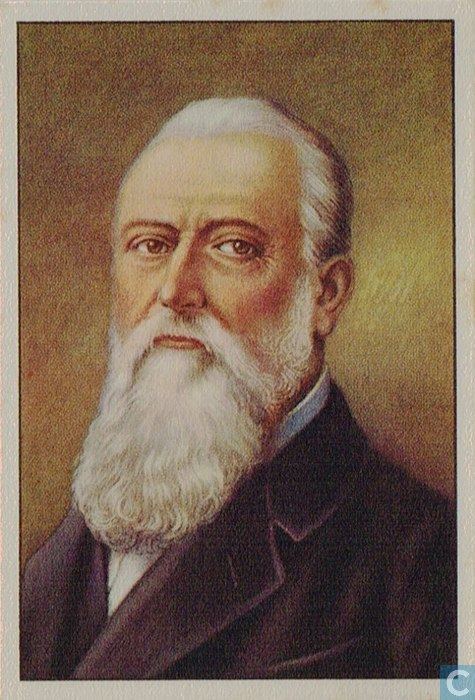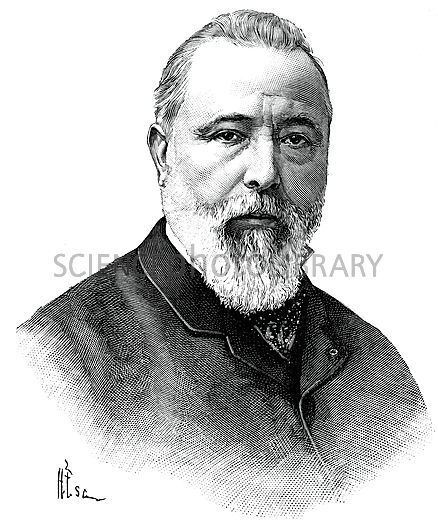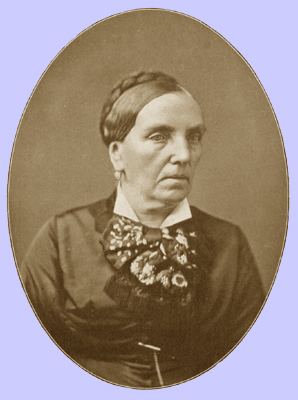Nationality Belgian Role Electrical engineer Name Zenobe Gramme | Occupation electrical engineer | |
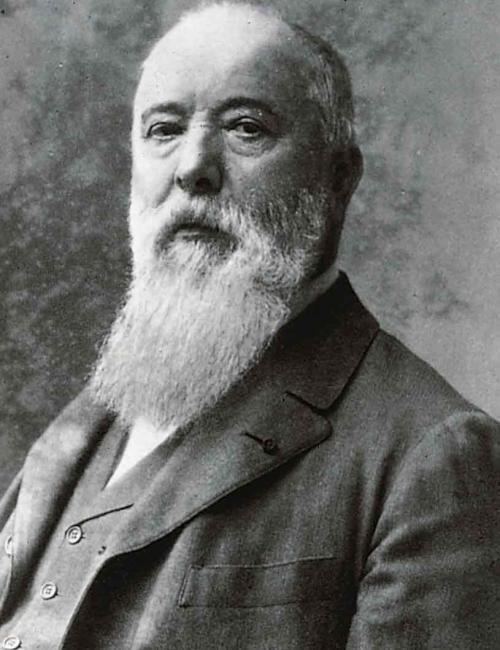 | ||
Born 4 April 1826 ( 1826-04-04 ) Jehay-Bodegnee, Belgium Similar People Jean‑Antoine Nollet, Henri Moissan, Michael Faraday | ||
Resting place Pere Lachaise Cemetery | ||
Z nobe gramme le retour
Zénobe Théophile Gramme (4 April 1826 – 20 January 1901) was a Belgian electrical engineer. He was born at Jehay-Bodegnée on 4 April 1826, the sixth child of Mathieu-Joseph Gramme, and died at Bois-Colombes on 20 January 1901. He invented the Gramme machine, a type of direct current dynamo capable of generating smoother (less AC) and much higher voltages than the dynamos known to that point.
Contents
- Z nobe gramme le retour
- Z nobe gramme 105 19 07 2011
- Gramme machine as motor
- Family
- Death and tributes
- Related pages
- References
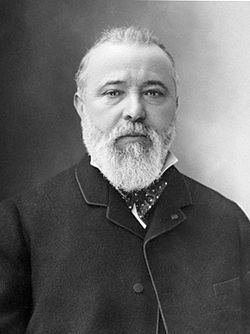
Z nobe gramme 105 19 07 2011
Gramme machine as motor
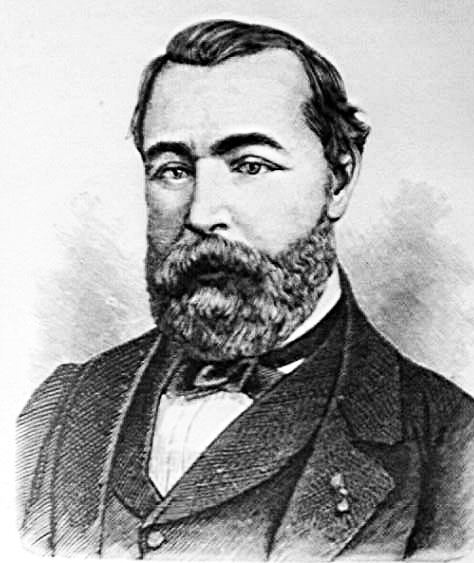
In 1873 he and Hippolyte Fontaine accidentally discovered that the device was reversible and would spin when connected to any DC power supply. The Gramme machine was the first usefully powerful electrical motor that was successful industrially. Before Gramme's inventions, electric motors attained only low power and were mainly used as toys or laboratory curiosities.
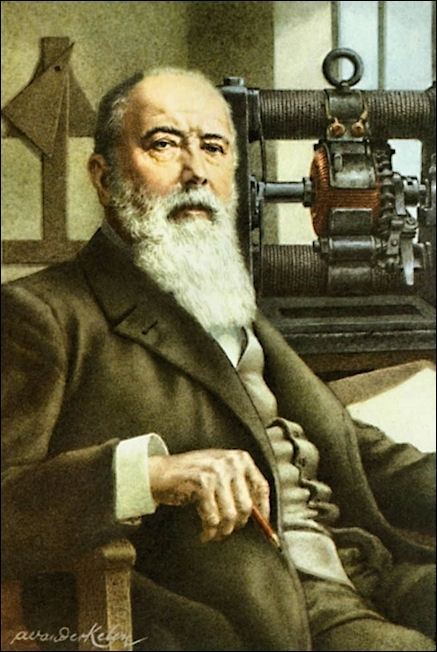
In 1875, Nikola Tesla observed a Gramme machine at the Graz University of Technology. He conceived the idea of using it for alternating current but was unable to develop the idea at this time.
Family
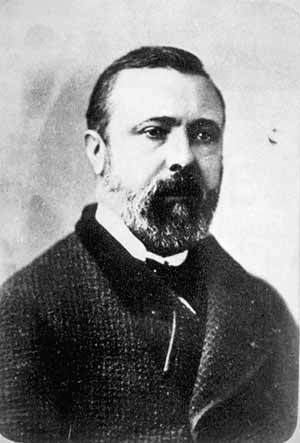
In 1857 he married Hortense Nysten who was a widow and mother of a daughter, Héloïse. Hortense died in 1890.
Death and tributes
Gramme died at Bois-Colombes, France, on 20 January 1901 and was buried in Père Lachaise Cemetery.
In the city of Liège there is a graduate school of engineering, l'Institut Gramme, named after him.
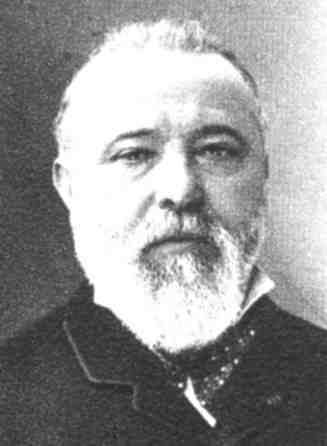
In 2005 he ended at the 23rd place in the election of Le plus grand Belge (The Greatest Belgian), the television show broadcast by the French-speaking RTBF and based on the BBC show 100 Greatest Britons.
A958 Zenobe Gramme, (1961–), a sailing ship of the Belgian Navy used for training, is named after him.
Related pages
